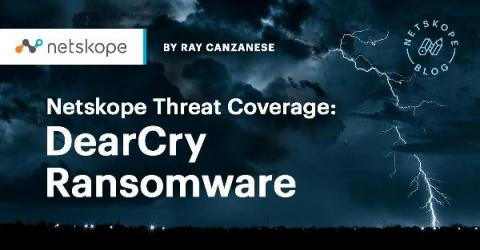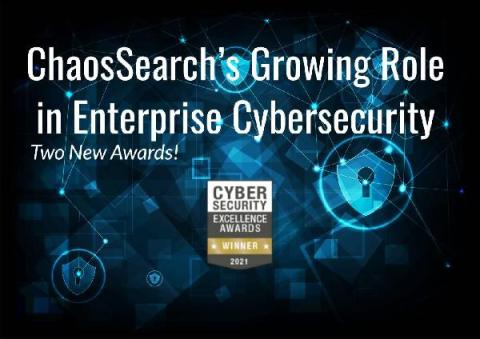Docker Hub Authentication: Is 2021 the year you enable 2FA on Docker Hub?
Judging by the reactions I saw in the audience during my past talks on “Securing Containers By Breaking In”, as well as recent reactions on Twitter, not many know about Docker Hub’s fairly recent multi-factor authentication feature. In October 2019, in order to improve the Docker Hub authentication mechanism, Docker rolled out a beta release of two-factor authentication (also known as 2FA).










